Retro Replay Review
Gameplay
Dawn of Mana steers away from the traditional RPG trappings of its predecessors, offering a pure action-adventure experience built around precision, timing, and environmental interaction. Players take direct control of Keldy, whose primary tools are a sword for close-range combat, a whip for traversal and crowd control, and a supply of pellets for ranged attacks. This trio of weapons creates a triad of combat options that rewards experimentation: one moment you’re vaulting over chasms with your whip, the next you’re juggling enemies in midair with sprite-charged sword strikes.
(HEY YOU!! We hope you enjoy! We try not to run ads. So basically, this is a very expensive hobby running this site. Please consider joining us for updates, forums, and more. Network w/ us to make some cash or friends while retro gaming, and you can win some free retro games for posting. Okay, carry on 👍)
Central to the gameplay loop is the game’s physics-driven “Mono” system, powered by Havok. Every object in the environment—from barrels to statues—can be used as a weapon or a platform. Whipping a crate into a group of goblins can trigger a chain reaction, sending nearby debris flying and panicking foes. This emergent gameplay adds layers of strategy: you’re not just swinging your sword, you’re surveying the battlefield for physics-enabled opportunities and planning crowd-control combos on the fly.
Challenge Arena mode extends the longevity of Dawn of Mana with 32 escalating trials. Each challenge pushes your mastery of the sword-whip-pellet toolkit and sometimes introduces a pet companion mechanic. Pets, hatched from eggs found during chapters or bought in the arena shop, offer brief stat boosts or unique support abilities. Although the absence of traditional shops for armor and consumables may feel limiting to series veterans, emblem-based enhancements and the ribbon/arrow system ensure that customization still plays a meaningful role in sharpening Keldy’s combat prowess.
Graphics
Dawn of Mana presents a vibrant world brimming with lush forests, crumbling ruins, and expansive plains. Square Enix’s art direction shines through in the game’s color palette—emerald foliage glows under dappled sunlight, while ancient stones bear intricate carvings that hint at lost civilizations. Though originally released on the PlayStation 2, the environments feel surprisingly alive, thanks to dynamic camera angles and well-tuned draw distances that keep key setpieces in view.
The use of the Havok physics engine goes beyond gameplay mechanics and also enriches the visual spectacle. Breakable objects splinter realistically; water cascades and ripples respond to your whip strikes; even Keldy’s swirling magic spells ripple through the air with tangible weight. Character animations are fluid if occasionally stiff during dialogue cuts, yet combat moves flow seamlessly—combos feel satisfying because each strike registers with satisfying impact effects and sound cues.
On the technical side, Dawn of Mana shows its age with some texture pop-ins and frame-rate dips during large onscreen fights. However, these hiccups rarely undermine the overall presentation. Light shafts filter through canopies, weather effects like drifting snow and swirling dust add atmosphere, and carefully choreographed boss arenas make striking visual backdrops for extended sword fights. For players prioritizing style over next-gen polish, the graphics still hold a compelling charm.
Story
Set as a prequel to Sword of Mana, Dawn of Mana explores a world teetering on the brink of elemental imbalance. You follow Keldy, an impulsive young warrior who becomes inextricably linked to the fate of the Mana Tree. The narrative unfolds across eight chapters, each introduced by fully voiced cut-scenes mixed with painted stills. These cinematic interludes help ground the tale and establish relationships among Keldy, his allies, and the looming threat posed by an ancient dark force.
While the story’s pacing can feel uneven—lengthy exposition sequences sometimes interrupt the momentum—the core themes of friendship, sacrifice, and the power of nature resonate throughout. Voice acting ranges from earnest to melodramatic, and although some dialogue exchanges border on cliché, the emotional stakes remain high when key characters face moral dilemmas or loss. Fans of Mana lore will appreciate tie-ins to elemental guardians and references to familiar magical runes.
The narrative shines brightest during set-piece moments, such as traversing a ruined temple as the forest claims it back or engaging in a boss fight atop a crumbling sky bridge. These sequences not only advance the plot but also showcase the game’s strengths in environmental design and physics-based combat. If you’re seeking a storyline with deep role-playing branches, you may be disappointed—but as an action-driven fairy tale, Dawn of Mana delivers a memorable fantasy adventure.
Overall Experience
Dawn of Mana is a bold departure from the Seiken Densetsu formula, prioritizing real-time action and physics-based exploration over traditional level-based progression and shop systems. This shift will delight players who crave dynamic encounters and emergent strategies—each battle is an opportunity to turn the environment into your ally or weapon. The game’s core mechanics are solid, though mastering whip-based traversal and managing ranged pellets can present a steep learning curve for newcomers.
The absence of RPG staples like an extensive equipment menu or money-driven gear upgrades may frustrate series purists, but the emblem enhancement system and pet-based boosts provide alternate avenues for character progression. Coupled with 32 diverse challenges in the Arena mode, Dawn of Mana offers plenty of replay value for those who enjoy perfecting combos or hunting high scores.
Overall, Dawn of Mana stands as an intriguing experiment in blending physics, action, and light puzzle-solving within the beloved Mana universe. Its sumptuous environments, physics-driven combat, and cinematic presentation make it a worthy pick for fans of action-adventure games seeking a unique take on the series’ elemental lore. Though it may not satisfy die-hard RPG enthusiasts, those open to a more arcade-like interpretation will find Dawn of Mana’s world rich, responsive, and endlessly engaging.
 Retro Replay Retro Replay gaming reviews, news, emulation, geek stuff and more!
Retro Replay Retro Replay gaming reviews, news, emulation, geek stuff and more!
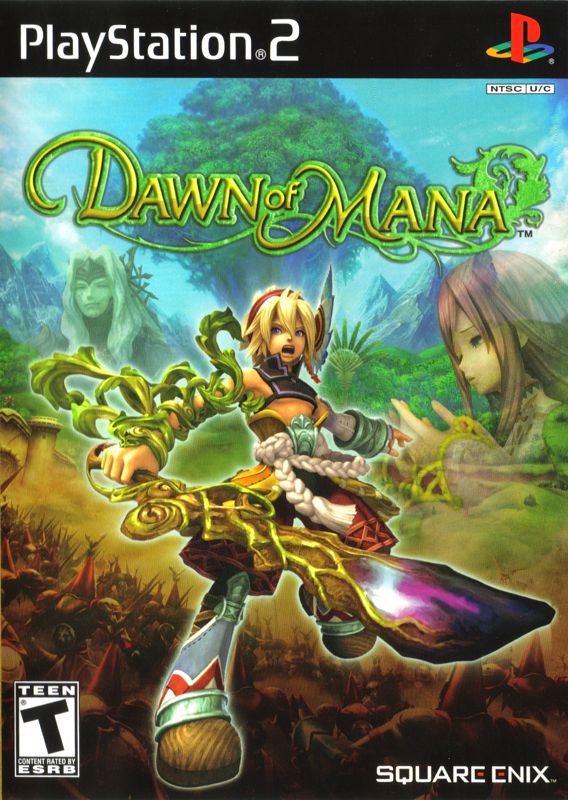
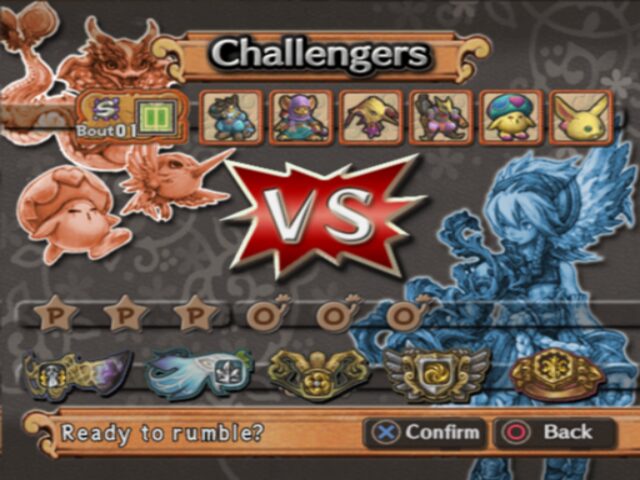
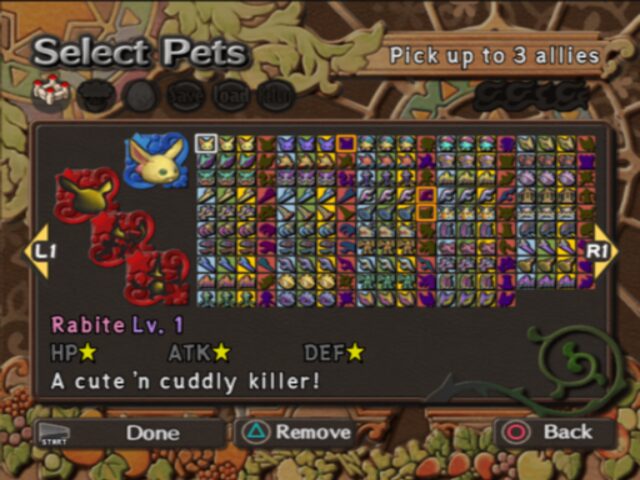
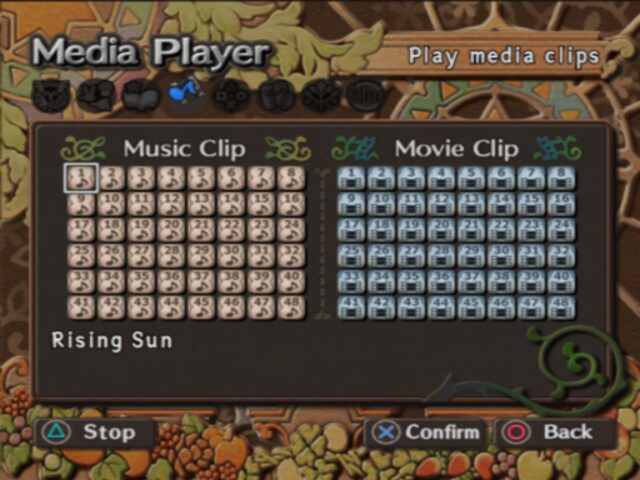
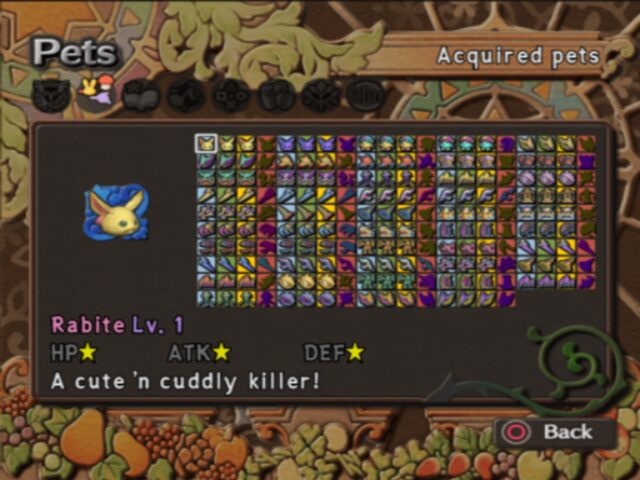
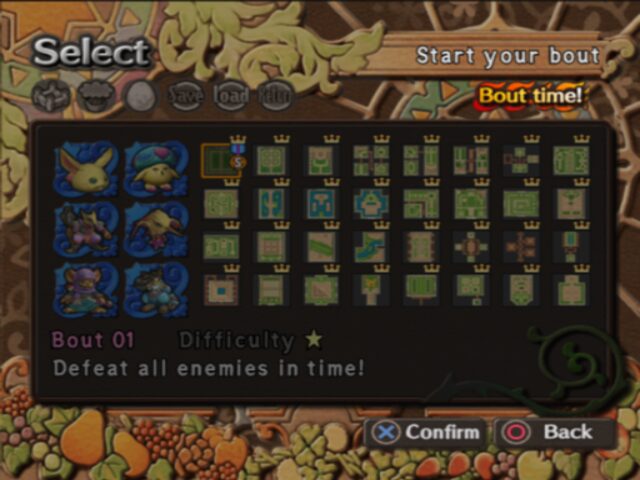
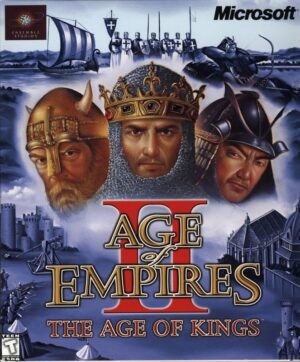

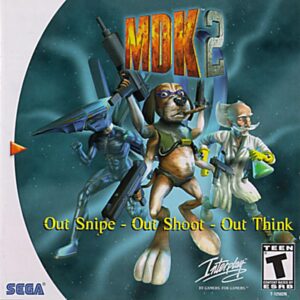
Reviews
There are no reviews yet.